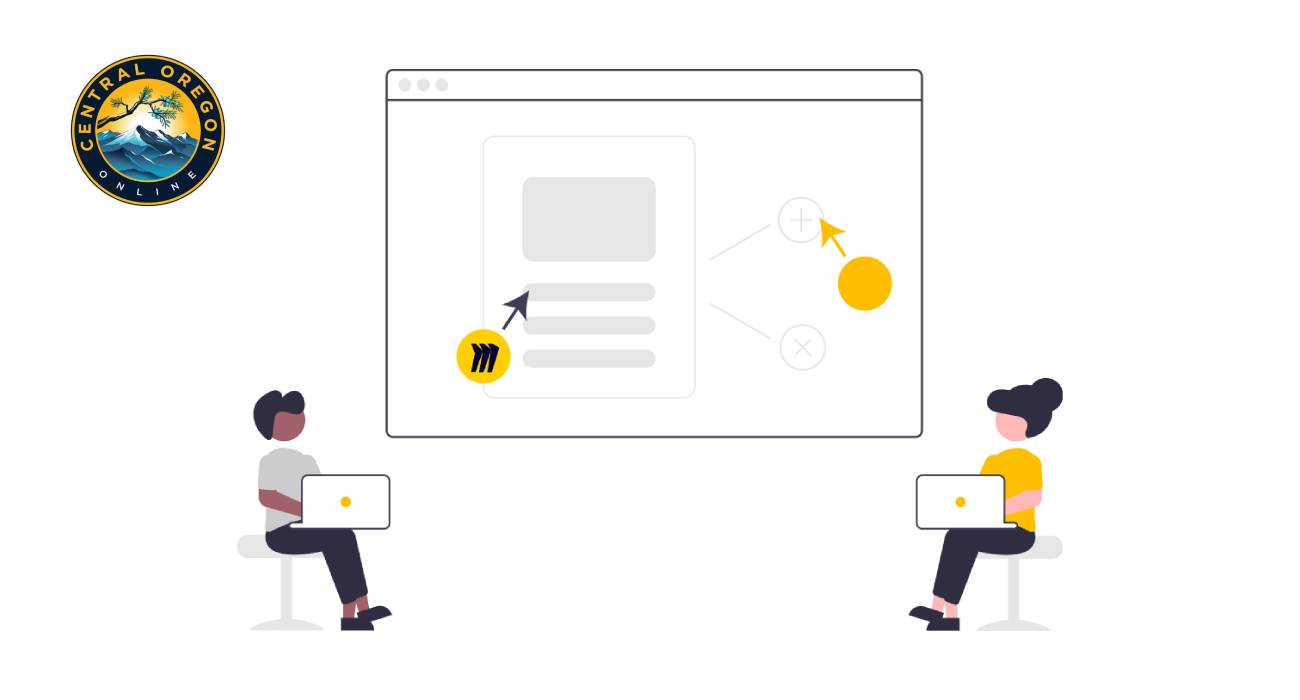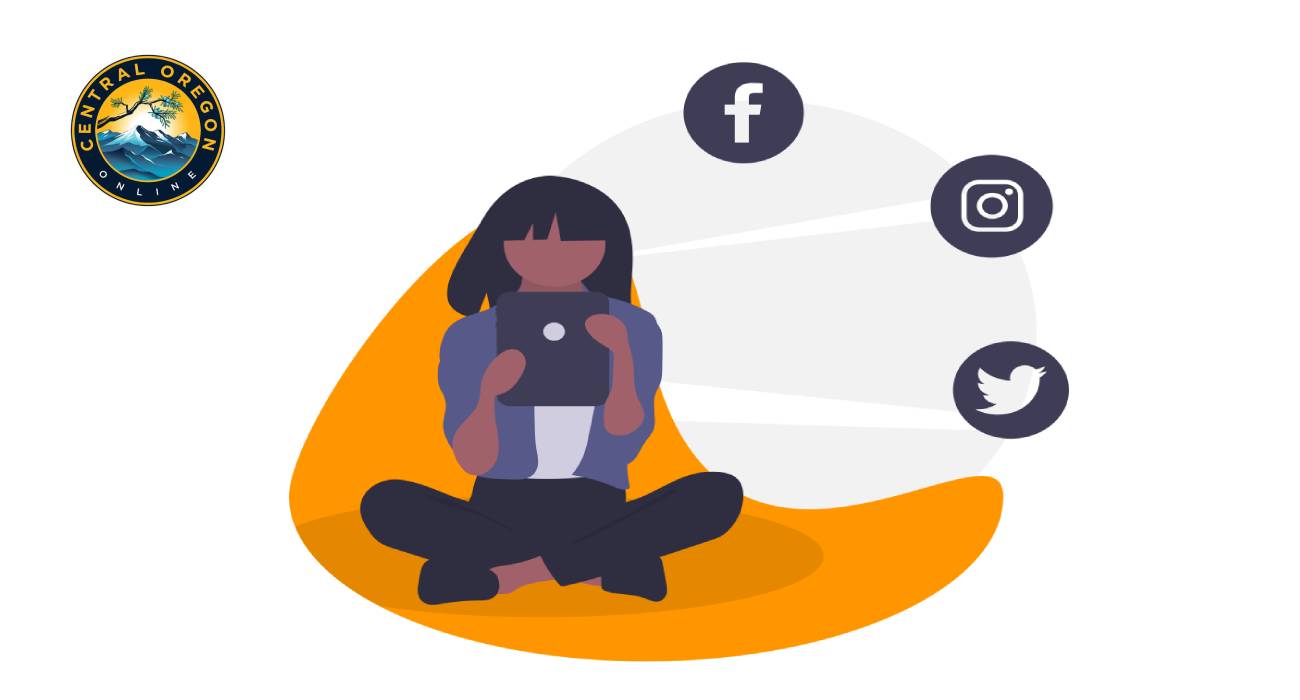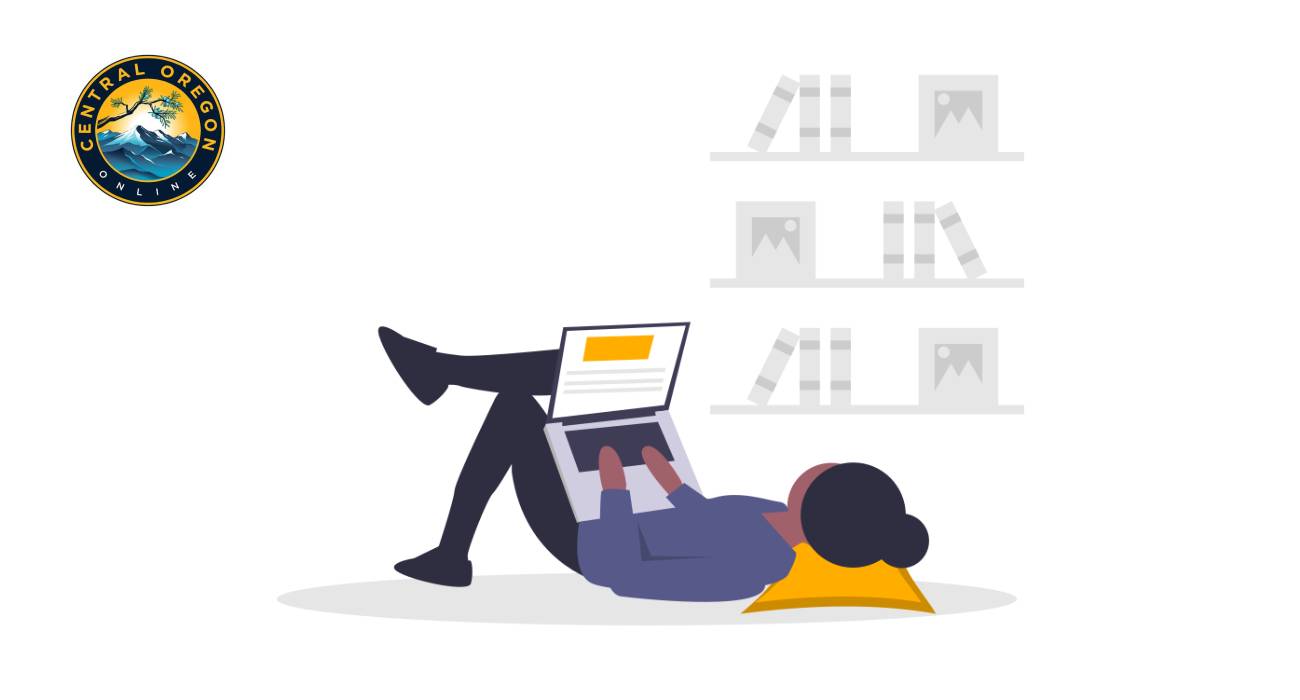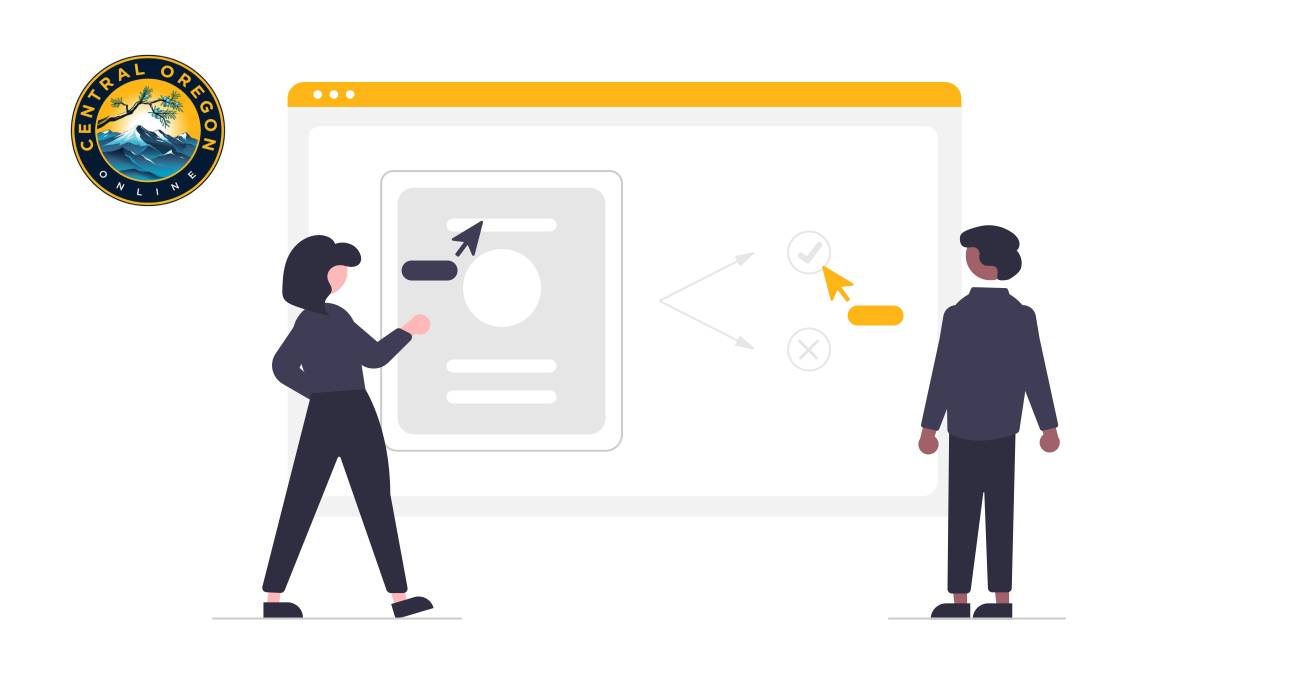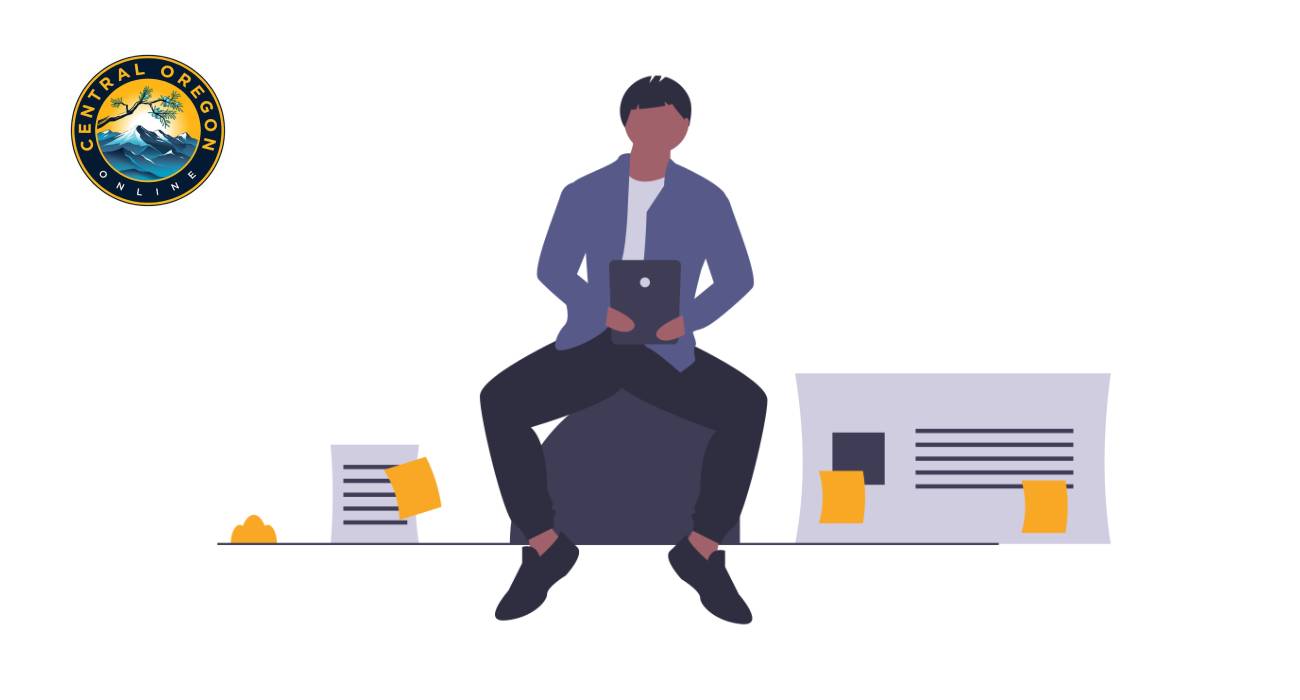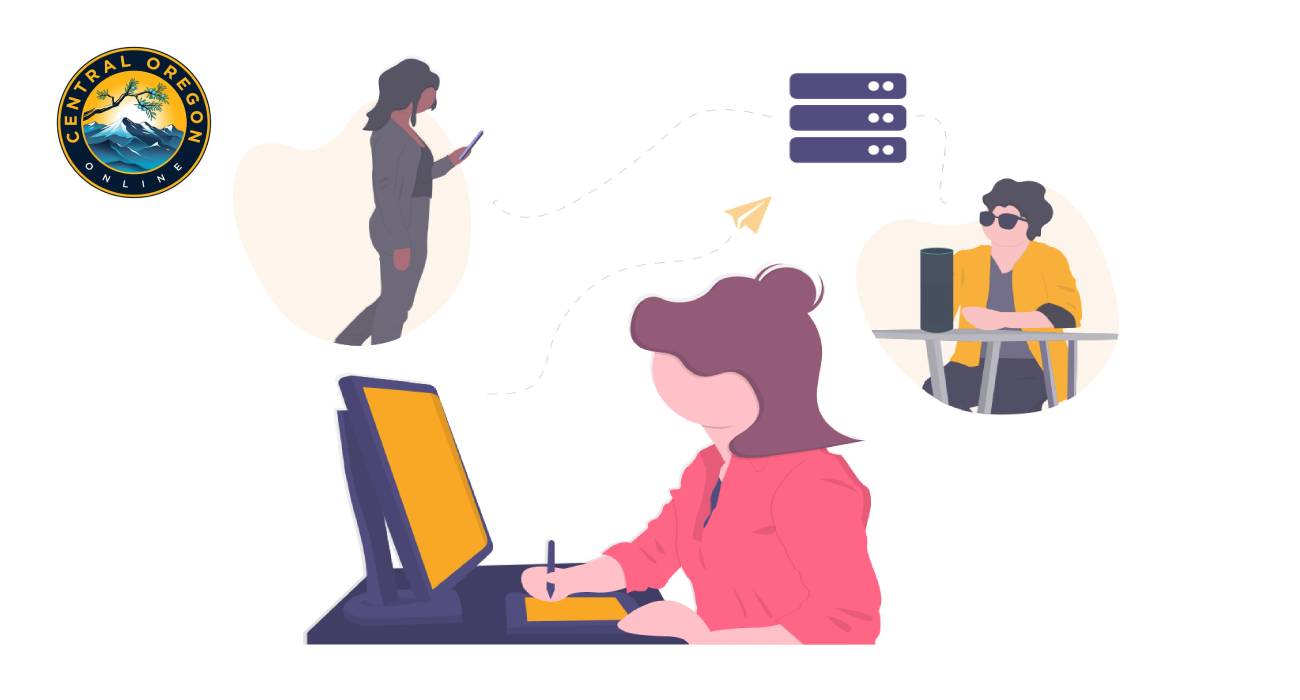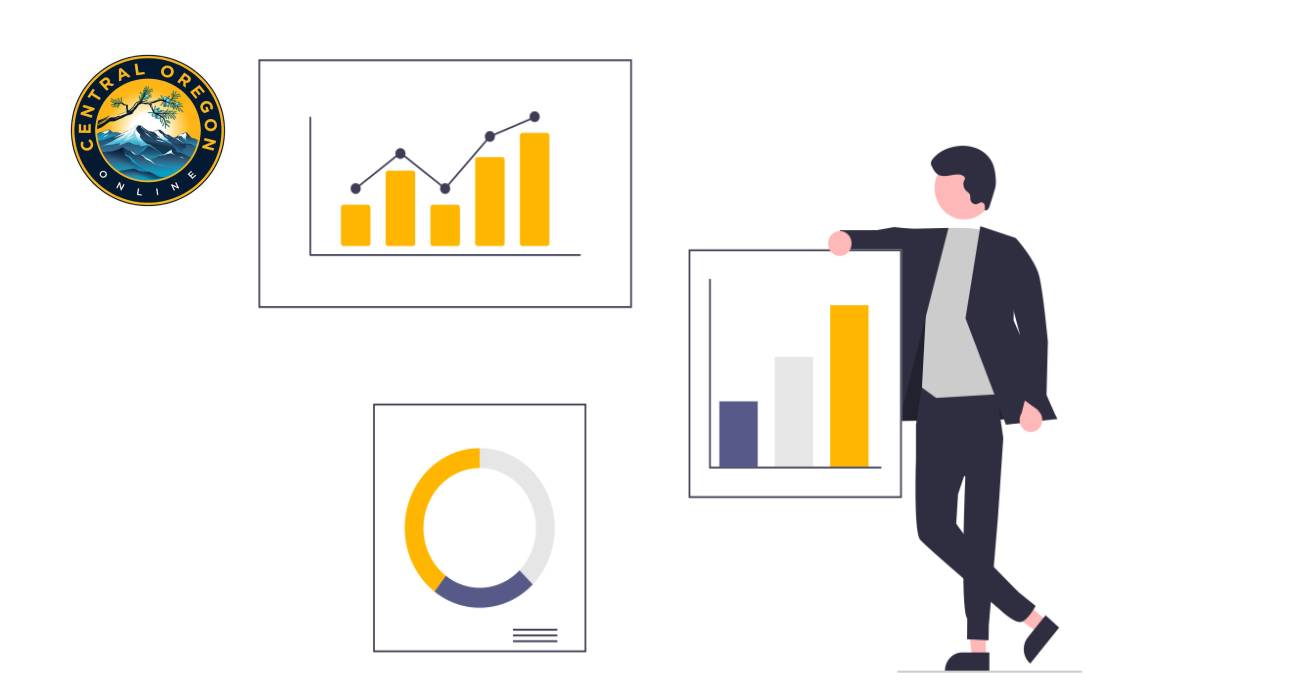
If you are opting to have Internet service Bend Oregon or relocating to a new place with hefty choices among Internet service providers, in some cases, the wide variety of options could be intimidating. Cable, DSL, Wireless, Fiber, or Satellite– regardless of the kind of service, most have their very own set of advantages and disadvantages. Finding the best bandwidth for the money is your utmost target.
Types of internet serviceThe kind of Internet service you decide will mostly depend upon which Internet service providers (ISPs) are available in your area. Here are some popular kinds of Internet service.
Dial-upThis is usually the slowest kind of Internet connection, and you should most likely stay away from it except if it is the only service accessible in your area. Dial-up internet makes use of your phone line, and you won’t be able to use your landline and the internet simultaneously.
DSLDSL service uses broadband connection and is a lot faster than dial-up. It connects to the internet using a phone line. Compared to dial-up, you are capable of using the internet and your phone line simultaneously.
CableCable service uses cable TV, even though you don’t specifically need to get a cable TV just to access the internet. It uses a broadband connection and could be a lot faster than either dial-up and DSL service; nevertheless, it is only readily available wherein cable TV services are offered.
SatelliteThis type of connection uses a satellite to connect to the internet. It is used practically throughout the world; however, weather disturbances can impair the connection. Satellite connections are likewise sluggish compared with DSL or cable.
3G and 4G3G and 4G service are mostly used by smartphones, and it links wirelessly via your ISP’s network. Nevertheless, these kinds of connections aren’t frequently as fast as DSL and cable. They also restrict the quantity of data you can use every month, which isn’t the case with most broadband plans.
Choosing an internet service providerSince you understand the various kinds of Internet service, you can now carry out some studies to figure out what ISPs are readily available in your place. If you’re having a problem getting going, we suggest consulting with friends, relatives, and neighbors regarding the ISPs they have. This can often provide you a great idea of the kinds of Internet service offered in your location.
Most ISPs provide several rates of service with various Internet speeds, usually computed in Mbps. If you primarily intend to use the Internet for email and social media purposes, a 2 to 5 Mbps connection could be all you need. On the other hand, if you wish to download music or stream videos, you’ll want a much faster connection above 5 Mbps.
You’ll also need to think about the service’s price, involving installation fees and regular monthly fees. In general, the speedier the connection, the more pricey it will be each month. In order to know more about internet providers Redmond Oregon, visit CentralOregon.Online or call us at 888-462-2718.
Source of content: https://centraloregon.online/all-you-need-to-know-about-internet-service-bend-oregon/
